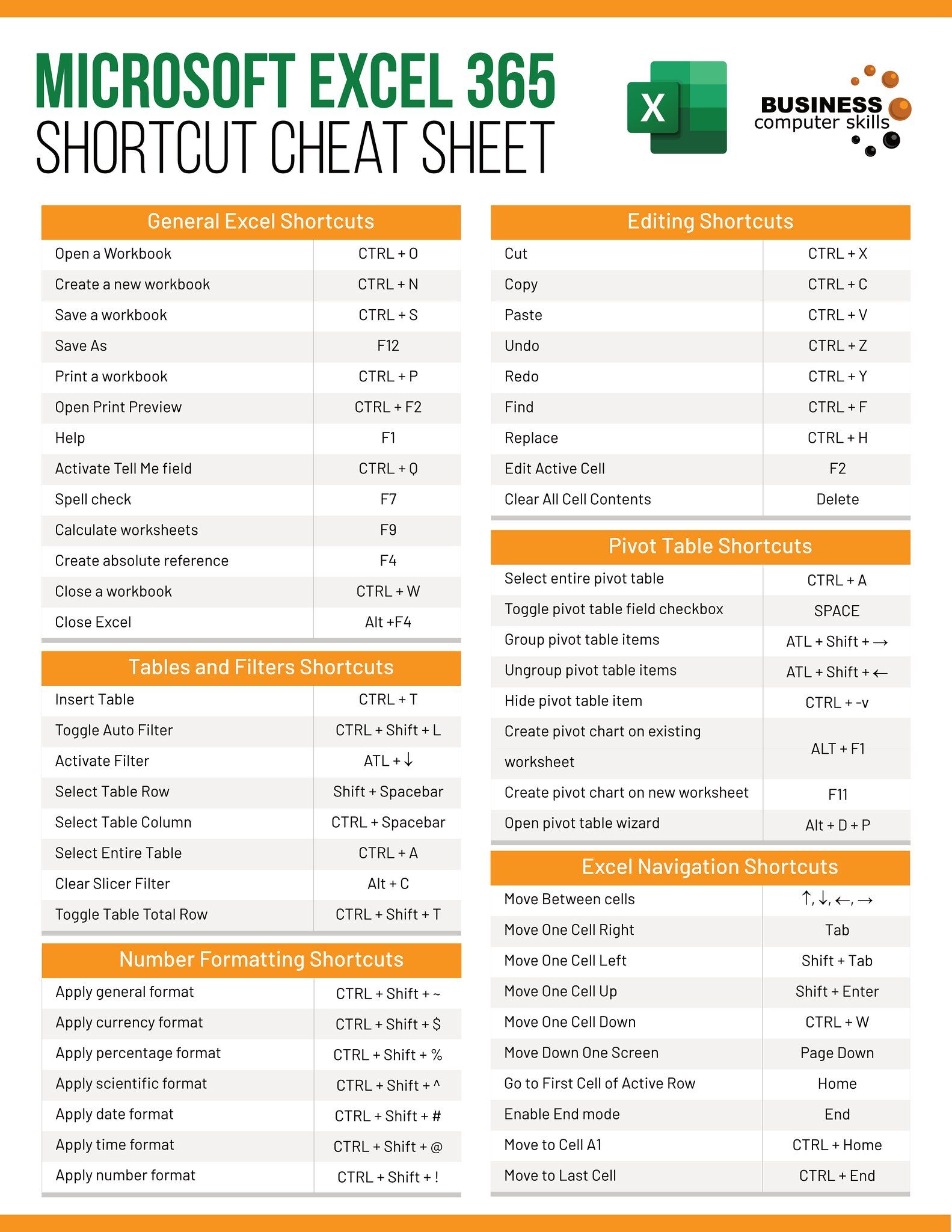5 Ways to Print Excel Sheet on One Page

Have you ever struggled with printing an Excel sheet, only to find your data scattered across multiple pages? Many Excel users face this common issue where data formatting and print settings can lead to an oversized output. This guide will explore five effective ways to print your Excel sheet on one single page, ensuring readability and convenience.
Adjust Page Layout and Margins


Before diving into complex settings, make sure to start with the basics:
- Set Page Orientation - Choose between portrait and landscape based on your data’s length or width. Landscape often accommodates more columns.
- Adjust Margins - Smaller margins mean more room for data. However, keep in mind the printer’s minimum margins to avoid cutting off content.
- Page Size - If possible, select a paper size that fits your data better. However, standard sizes (like A4 or Letter) are generally used for practicality.
🖍️ Note: Keep in mind that excessively reducing margins might result in some text or data being cut off during the printing process.
Scale Your Sheet


Scaling can be an excellent solution when your data doesn’t quite fit:
- Percentage Scaling - Shrink everything by a certain percentage to fit the page.
- Fit to Width/Height - Select this option to automatically scale your data to fit one page in width or height.
Use Print Titles and Areas


Excel allows you to specify which parts of your worksheet should be printed:
- Print Titles - Set rows or columns to repeat on each printed page, making navigation easier.
- Print Area - Limit the print to a specific range, which helps when only a portion of your sheet needs to be printed.
Reduce Font Size


A straightforward approach to fitting more data on a page is:
- Change Font Size - Reduce the font size uniformly or selectively across your document. Remember, legibility is important, so don’t go too small.
Manipulate Data and Formatting


Here are some advanced techniques to manage data for printing:
- Condense Information - Combine or remove unnecessary columns or rows. Use text wrapping, merging cells, or adjust column widths.
- Utilize Cell Borders - Sometimes removing all borders and adding back only the essential ones can save space.
- Change Data Formatting - For instance, converting long date formats to short ones can be effective.
In summary, fitting an Excel sheet onto a single page requires attention to page layout, scaling, print titles and areas, font size, and data manipulation. By applying these methods, you can ensure your data is presented in a compact, readable format, making your reports or presentations more professional and convenient. Whether it's for a meeting or your daily work, these tips will help you print Excel sheets efficiently and neatly.
What should I do if scaling my Excel sheet makes the data unreadable?

+
If scaling makes the data too small, consider reducing the font size slightly or condensing information by merging cells or removing non-essential content.
Can I set different scaling options for different pages?

+
Excel’s print scaling is applied uniformly to all printed pages. However, you can set print areas or use manual scaling adjustments to control what prints on which page.
How do I ensure headers repeat on every page?

+
Use the ‘Print Titles’ feature under the Page Layout tab. Here you can specify which rows or columns should appear on every printed page.



